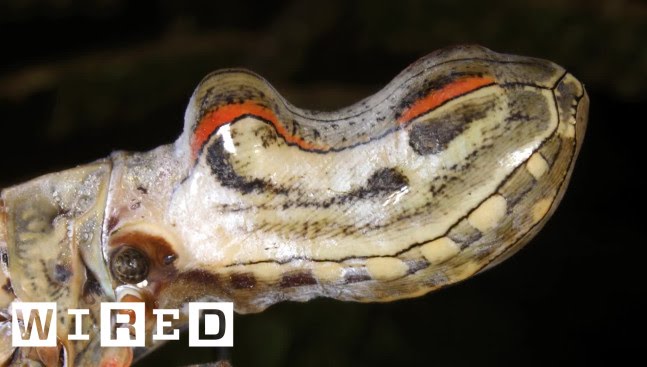Sea Spiders: Strange yet Fascinating Creatures of the Deep
Summary
Sea spiders are not actual spiders but are a type of arthropod commonly found in oceans. They can be found in different depths of the ocean, from shallow waters to the deepest parts. Sea spider’s body consists mostly of long legs, but their size and flamboyance are different depending on their habitat. In shallower waters, where blending in is critical to their survival, sea spiders tend to be more extravagantly colored. Meanwhile, in deeper depths, where there’s no light, sea spiders are lankier to avoid sinking into the soft silt. Even though they are not fast or highly conspicuous hunters, they can feed on sponges, corals, and other sluggish organisms.
Table of Contents
- What are Sea Spiders?
- Where are Sea Spiders found?
- How do Sea Spiders Survive in Different Depths of the Ocean?
- What do Sea Spiders eat?
- Are Sea Spiders Dangerous to Humans?
Introduction
When we think of spiders, the first thing that comes to our mind are the creepy-crawly creatures that live on land. However, did you know that there are also spiders in the ocean? Sea spiders or pycnogonids are a fascinating group of arthropods that reside in almost every part of the ocean worldwide. They are unique creatures that have evolved in such a way that allows them to withstand the brutal oceanic environment.
Q&A
What are Sea Spiders?
Sea spiders are arthropods that are not actual spiders. They are uniquely adapted to living in the ocean and possess a number of unique features including longer legs and reduced body size, which help them to survive in their marine environment. Unlike their terrestrial counterparts, sea spiders do not have a conventional circulatory system, relying instead on the diffusion of gases to transport oxygen throughout their body.
Where are Sea Spiders found?
Sea spiders have a vast distribution and inhabit almost every part of the ocean, from the shallowest reefs to the deepest depths. You can find them in the polar ocean or even in the tropical coral reefs. They range from a few millimeters to over 90 centimeters in size, depending on the species.
How do Sea Spiders Survive in Different Depths of the Ocean?
The survival mechanisms of sea spiders differ depending on their habitat. In shallow waters, where there’s plenty of light, sea spiders tend to be more colorful, a characteristic that allows them to camouflage with the environment to avoid predators. In contrast, in deeper waters, sea spiders are lankier to avoid sinking into the soft silt. They also possess long legs that allow them to walk around the seafloor, even though it’s pitch black down there.
What do Sea Spiders eat?
Sea spiders tend to pick on organisms that can’t move, like sponges and corals, and even slow-moving worms. Since they are not highly conspicuous hunters, they avoid attacking anything that could easily escape. The diet of a sea spider depends on its habitat, but all of them feed by impaling their prey with their long proboscis and ingesting the liquefied body fluids.
Are Sea Spiders Dangerous to Humans?
Sea spiders are not dangerous to humans. They are too small to pierce human skin. Even if they could, they don’t possess venom like some other ocean creatures, and most of them feed on small organisms they can find on the seafloor.
Conclusion
The existence of sea spiders is extraordinary and underscores the diversity of life on our planet. With their unique characteristics and abilities that allow them to thrive in different depths of the ocean, they are undoubtedly incredible creatures that deserve more attention from the scientific community. While they might not be as famous as other marine creatures, sea spiders exemplify how even within a single group of organisms, there can be so much diversity in their behavior, adaptation, and morphology.







